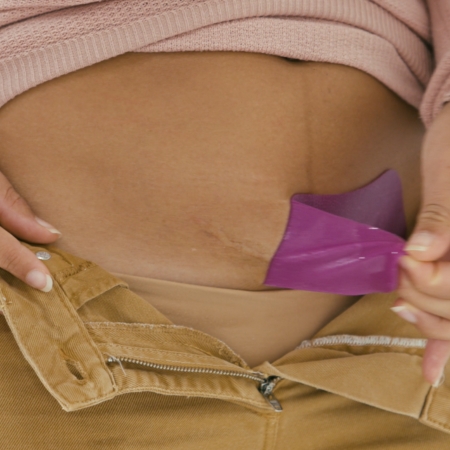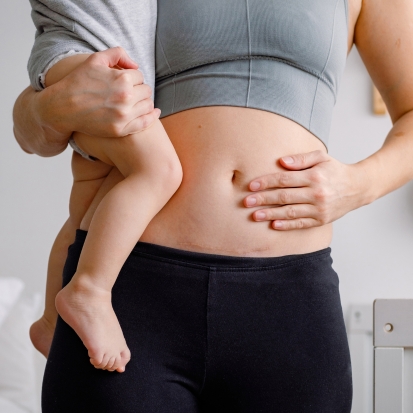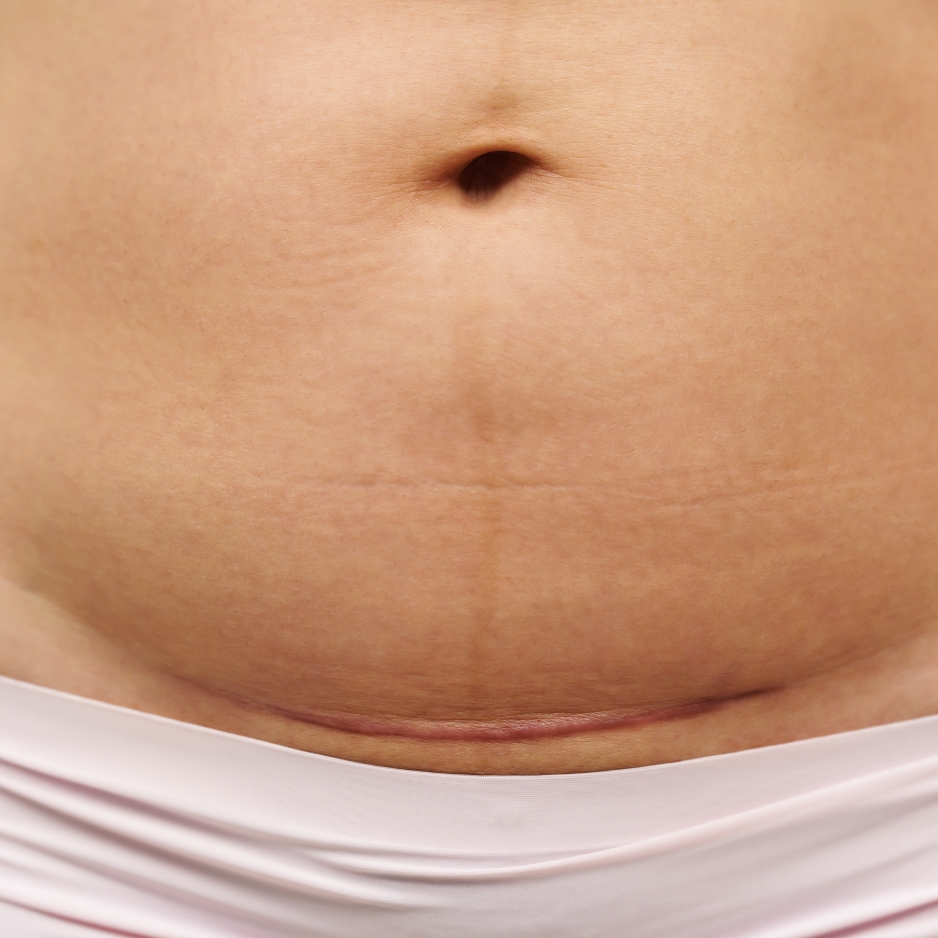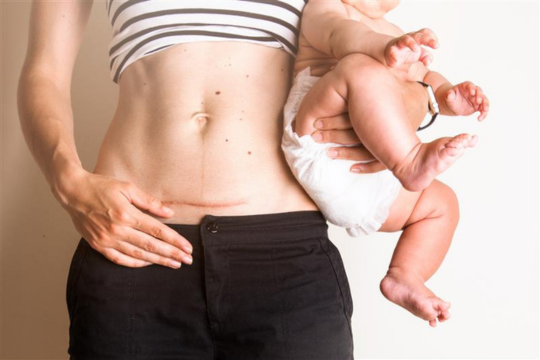Flying after a C-Section: Things to Consider
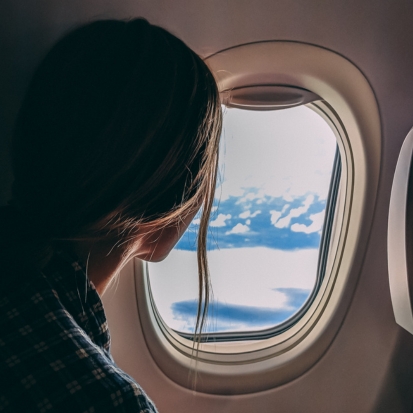
Travelling after a C-section requires careful planning to ensure a smooth and comfortable journey. In this blog, we’ll explore the key considerations for air travel post-surgery and how to prepare for a stress-free flight.
Can You Fly After a C-Section?
Many new mums are eager to resume their pre-baby routines, including travel. But when is it safe to fly after a C-section?
Healthcare professionals generally recommend waiting at least 6 weeks before flying to allow proper healing and reduce the risk of complications. However, the exact timing depends on factors such as travel distance, delivery complications, and overall recovery progress. However, every C-section recovery is different, so it’s essential to consult your healthcare provider for personalised advice based on your specific situation.
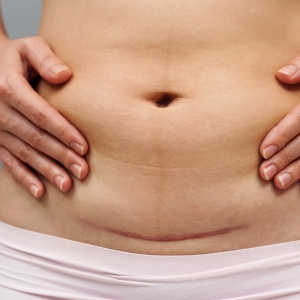

Potential Risks of Flying After a C-Section
Air travel presents several challenges for post-surgery recovery. Cabin pressure changes, prolonged sitting, and dehydration can all impact your healing process.
Be mindful of any unusual symptoms during or after your flight, including:
- Severe abdominal pain
- Swelling in the legs or feet
- Shortness of breath
- Excessive bleeding
If you experience any of these symptoms, seek medical attention immediately. Your health and well-being come first.
Alternative Travel Options
If flying feels overwhelming, consider alternative travel options such as:
- Road Trips – Travel at your own pace and take breaks as needed.
- Train Journeys – More legroom and the ability to move around freely.
- Virtual Visits – Stay connected with loved ones without the stress of travel.
These options allow you to enjoy quality time with your family while keeping your recovery in mind.


Preparing for Your Flight
If air travel is necessary, a few simple preparations can make your journey more comfortable:
Do’s:
- Consult Your Doctor – Always get medical clearance before booking a flight.
- Stay Hydrated – Drink plenty of water before and during the flight.
- Choose an Aisle Seat – Makes it easier to move around when needed.
- Wear Comfortable Clothing – Loose, breathable fabrics help with comfort.
Don’ts:
- Don’t Rush Recovery – Give your body time to heal before travelling.
- Don’t Sit for Too Long – Move around regularly to improve circulation and reduce the risk of blood clots.
- Don’t Overpack – Keep your luggage light to avoid unnecessary strain.
Final Thoughts
Flying after a C-section is possible with the right planning and precautions. Prioritising your health and comfort can make your journey smoother and more enjoyable. Always listen to your body, and don’t hesitate to seek medical advice if needed. Wearing a silicone scar sheet can help shield your scar from friction, which is common during long flights. Learn more about how to look after your Scarban C-Section for best results.
Safe travels!
FAQs
When is it safe to fly after a C-section?
Most doctors recommend waiting at least 6 weeks before flying to allow proper healing (NHS). However, recovery varies, so always consult your doctor for personalized advice.
What are the risks of flying too soon after a C-section?
Prolonged sitting, cabin pressure changes, and dehydration can increase risks like blood clots, swelling, and discomfort. Watch for severe pain or breathing issues and seek medical attention if needed.
How can I make my flight more comfortable after a C-section?
Stay hydrated, choose an aisle seat, wear loose or comfortable clothing, and move around regularly to improve circulation.
Are there alternatives to flying if I’m not ready?
Consider road trips (with breaks), train travel (for more mobility), or virtual visits to stay connected without the stress of travel.
About the Author

Categories



